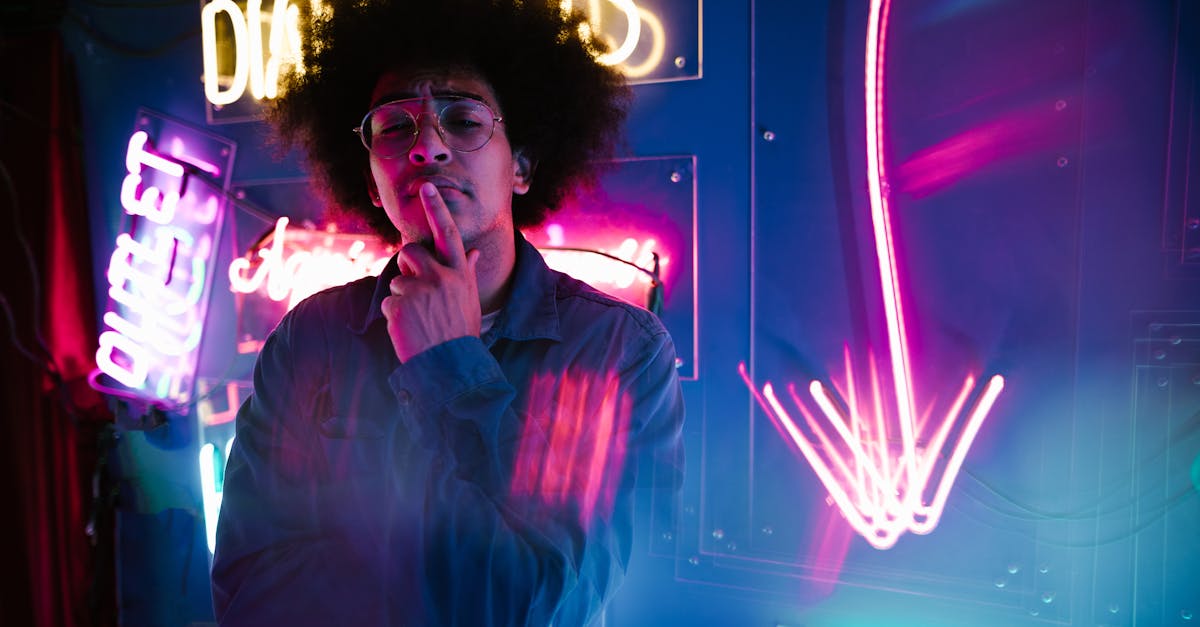
Introduction
In the digital age, memes have become an integral part of modern pop culture. These humorous or thought-provoking images and text spread rapidly online, shaping trends and societal conversations. Understanding the influence of memes offers insight into contemporary communication and entertainment.
The Evolution of Memes
Memes have evolved beyond simple internet jokes to complex cultural phenomena. Originating from Richard Dawkins' concept of cultural transmission, they now reflect and amplify societal themes and ideas. Their adaptability has made them powerful tools for communication and commentary.
Memes as Social Commentary
Today's memes often provide sharp social commentary on current issues, from politics to social justice. They distill complex topics into relatable and engaging visuals, allowing for widespread dissemination. This rapid spread can influence public opinion and heighten awareness around pressing matters.
Memes in Marketing and Advertising
Brands quickly recognized the power of memes and incorporated them into marketing strategies. By leveraging popular memes, companies connect with audiences in a relatable manner. Successful meme marketing campaigns create buzz, enhance brand visibility, and forge connections with younger demographics.
The Role of Memes in Virality
Memes fuel the viral nature of modern content, thanks to their shareable and often humorous nature. As memes spread like wildfire, they can take ordinary topics and thrust them into the spotlight, leading to increased recognition and engagement across various media platforms.
Memes and Generational Communication
For younger generations, memes often serve as a primary form of communication. Instead of traditional text, visuals paired with witty captions express emotions or opinions succinctly. This shift is transforming how individuals interact, blurring the lines between language and imagery.
Cultural Trends Shaped by Memes
From fashion to language, memes influence a multitude of cultural trends. Certain phrases or styles may gain popularity after being featured in viral memes, illustrating the immense impact they have on shaping modern tastes and preferences. This meme-driven change reflects the dynamic nature of pop culture.
Challenges and Criticisms of Memes
Despite their popularity, memes face criticism for oversimplifying complex ideas and spreading misinformation. They may perpetuate stereotypes or trivialize serious issues, raising questions about responsibility in content creation and consumption. Memes' influence necessitates a balance between humor and sensitivity.
The Global Reach of Memes
Memes transcend language barriers, connecting people worldwide through shared humor and ideas. As global phenomena, they offer a unique insight into diverse cultures and perspectives. The universal appeal of memes underscores their role as unifying elements across different societies.
Conclusion
In conclusion, memes significantly influence modern pop culture by shaping trends, influencing communication, and sparking dialogue. Their pervasive presence underscores their pivotal role in contemporary society. As memes continue to evolve, they will remain central to cultural expression and connection in our digital world.